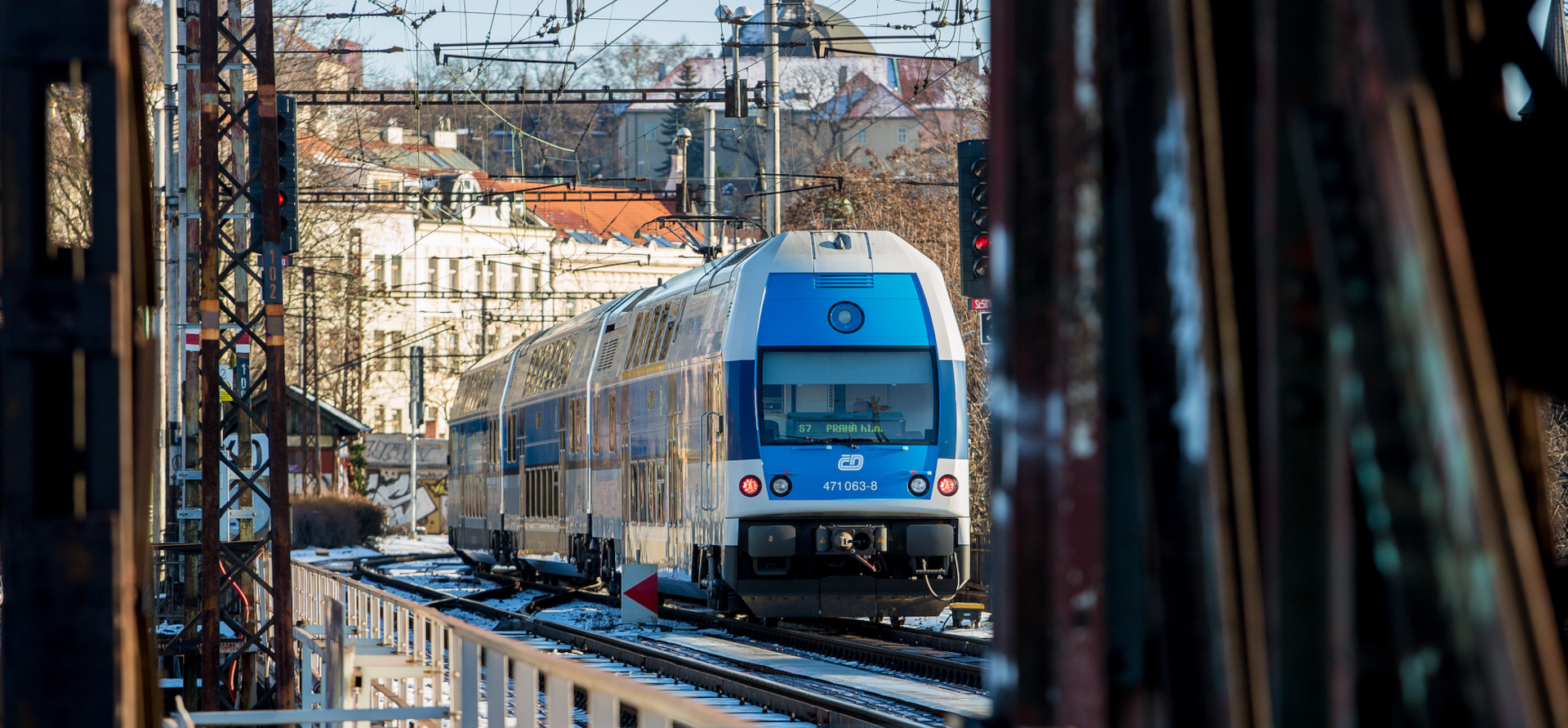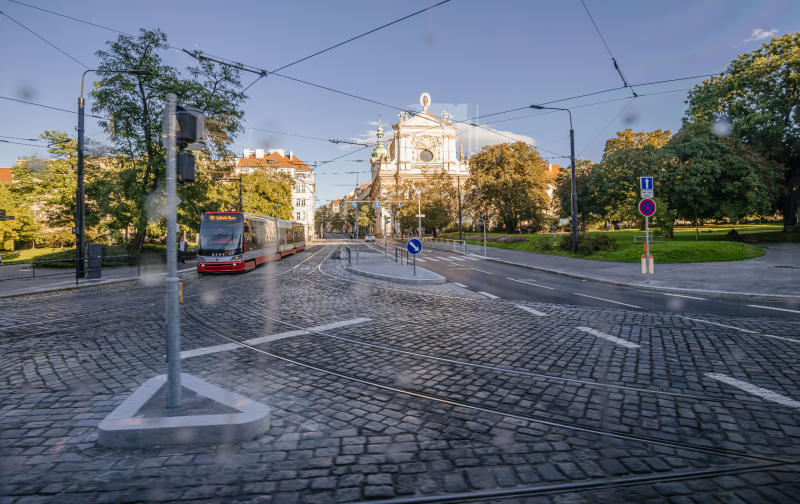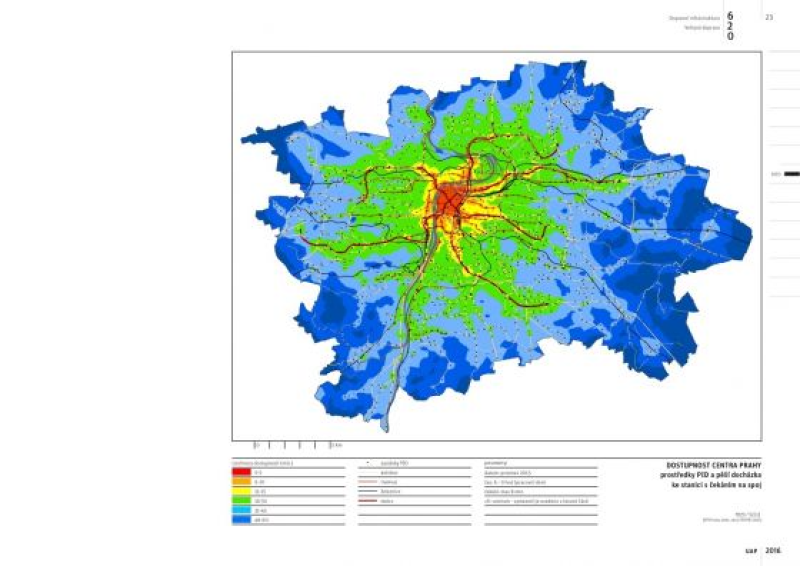Creation of and consultation on strategic documents
The Office of Transportation produces its own strategic and analytical documents, including:
- A strategy for the construction of Prague’s new metro line (line D)
- The Tram Network Development Strategy
- Parking Capacity Comparison in the Historic Centre of Prague, 2000 and 2016
- City Logistics Strategy (in preparation until 2019), and others.
Our main focus is on transportation infrastructure planning, but we also address the actual traffic that utilizes transport infrastructure, as you cannot consider one without the other.
We also participate as experts in workgroups sponsored by other IPR Prague departments, Prague City Hall, and other city organizations and companies For example, we are members of the Prague Agglomeration Sustainable Mobility Plan workgroup.




